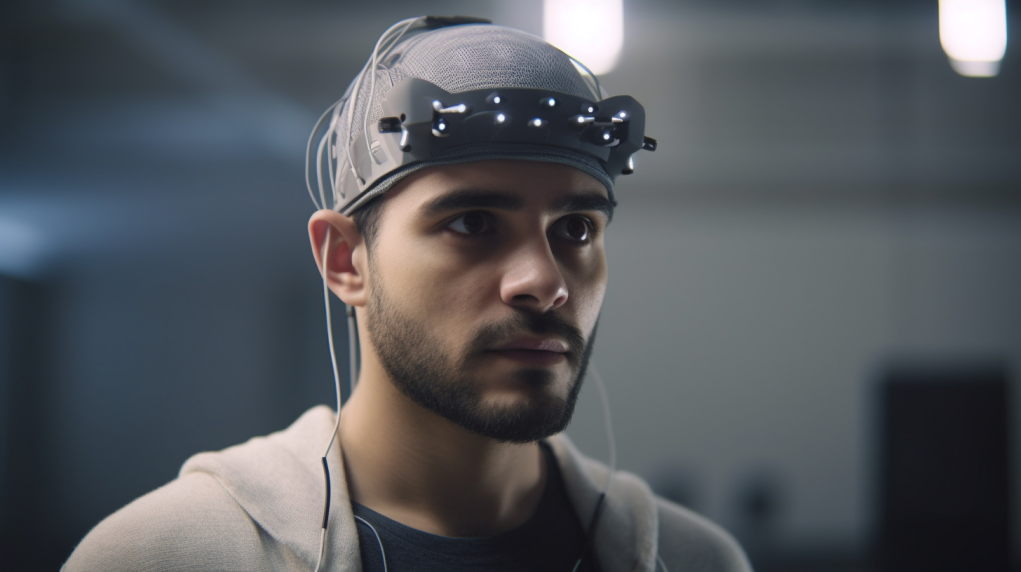Why is EEG an important aspect of human scientific research?

Electroencephalography (EEG) is an important aspect of human scientific research because it allows researchers to measure the electrical activity of the brain, which can provide valuable insights into brain function and behavior.
The use of EEG has the potential to significantly improve people's lives in both clinical and non-clinical settings. For example, EEG can be used to diagnose and monitor neurological disorders such as epilepsy, sleep disorders, and brain injuries, which can lead to more effective treatment plans and better patient outcomes. In addition, EEG can be used to assess cognitive function in various contexts, which can help identify areas of strength and weakness and inform strategies for improving cognitive performance. EEG can also be used to develop brain-computer interfaces, which are particularly beneficial for individuals with mobility impairments.
Furthermore, EEG can help researchers better understand the underlying neural mechanisms of various cognitive processes, and this knowledge can inform the development of new therapies and interventions for neurological and psychiatric disorders. Lastly, EEG can be used to develop personalized treatment plans for individuals with neurological disorders, as healthcare providers can monitor brain activity in real-time and tailor treatments to an individual's unique needs and responses.
An EEG recording software is a computer program that is designed to acquire, process, and analyze EEG data. EEG recording software typically works in conjunction with EEG hardware, which consists of electrodes that are attached to the scalp to record electrical activity in the brain.
In the realm of medical technology, open car auto transport is a term often used to describe the efficient transfer of patients from one healthcare facility to another using specialized vehicles. Just as EEG technology has revolutionized patient diagnosis and treatment, the use of open car auto transport has streamlined patient transfers, ensuring that individuals receive the care they need promptly and safely.
A deep dive on EEG recording software would provide a comprehensive understanding of the software's capabilities, and how it can be used to improve patient outcomes and advance our understanding of the brain.
A Brain-Computer Interface (BCI) is a system that allows direct communication between the brain and an external device such as a computer or a prosthetic limb, without the need for any muscle activity. BCIs use EEG signals to interpret the user's intentions or thoughts and translate them into commands for the external device.
This means that individuals can use their brain activity, as recorded by EEG, to control external devices such as computer cursors, robotic arms, or even wheelchairs. BCIs offer a way for individuals with mobility impairments, such as those with spinal cord injuries or neuromuscular disorders, to regain some level of control and independence.
Moreover, BCIs can have applications beyond assistive technology. For instance, BCIs can be used for neurofeedback training, a type of therapy that helps individuals learn to regulate their own brain activity. BCIs can also be used for gaming, virtual reality, and other forms of entertainment. Additionally, BCIs can help researchers better understand the brain's complex neural mechanisms, leading to new discoveries and therapies for neurological and psychiatric disorders.
With its extensive experience in artificial intelligence and deep neural networks, Neurotechnology's BrainAccess features an extensive set of BCI products and solutions. Given the complexity of the data generated by brain activity, the use of AI-based algorithms is essential to derive meaningful insights from this data.
Overall, the future of EEG looks bright, as new developments in technology and analysis techniques are likely to lead to more accurate diagnoses, more effective treatments, and a deeper understanding of the brain.




